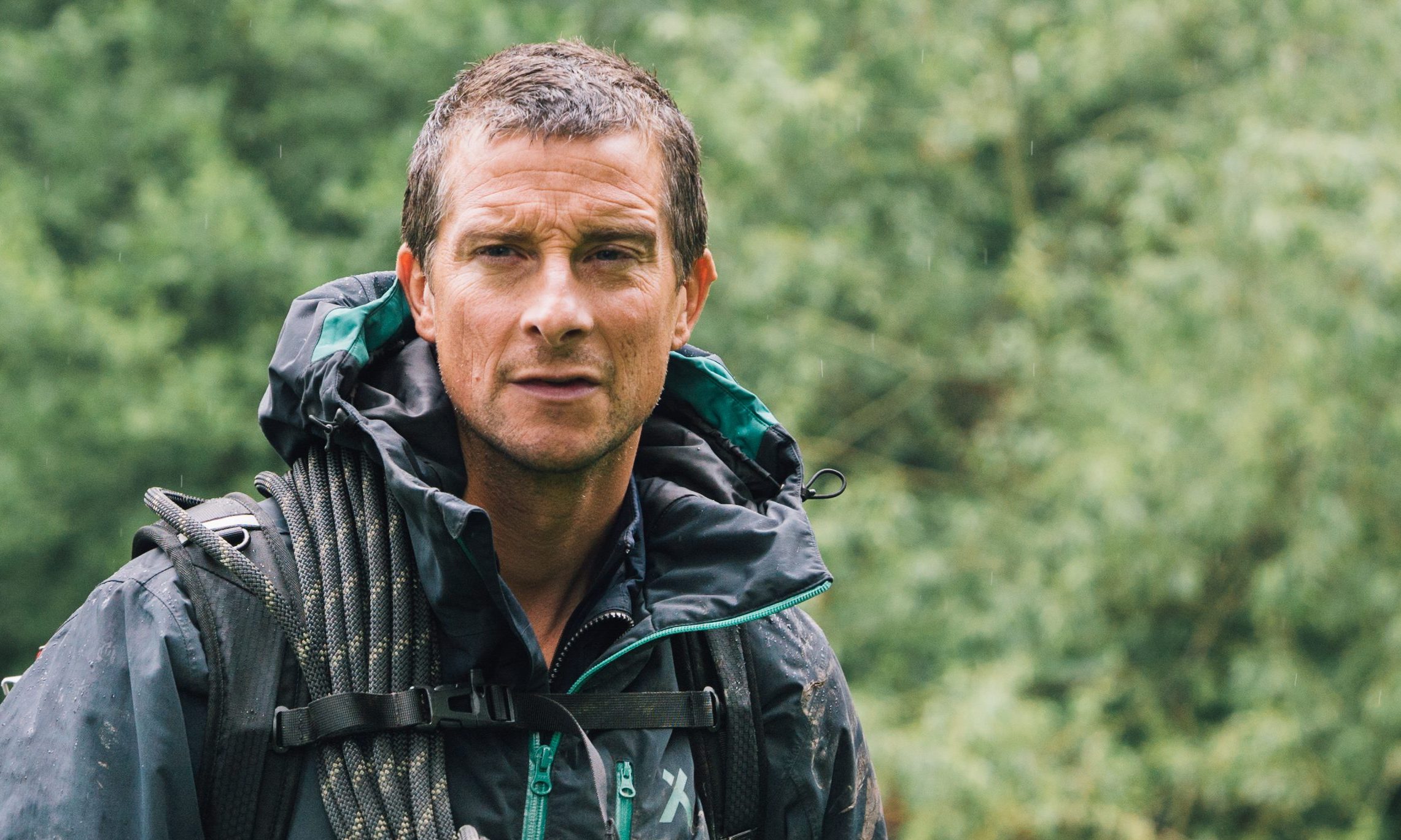

If you’re lost in the mountains, jungle or other terrain, you might be surrounded by potential food sources from plants. But, of course, not everything is safe to consume.
Videos by Outdoors
Identification is key. But if you don’t know the safe plants around you, Bear recommends doing a multi-step “food safety test.” It must be done methodically and over 36 hours to determine if the plant is causing any type of reaction.
Note: The test does not work for mushrooms, which may contain deadly toxins that may not take effect for 48 hours—so best to avoid unfamiliar mushrooms completely.
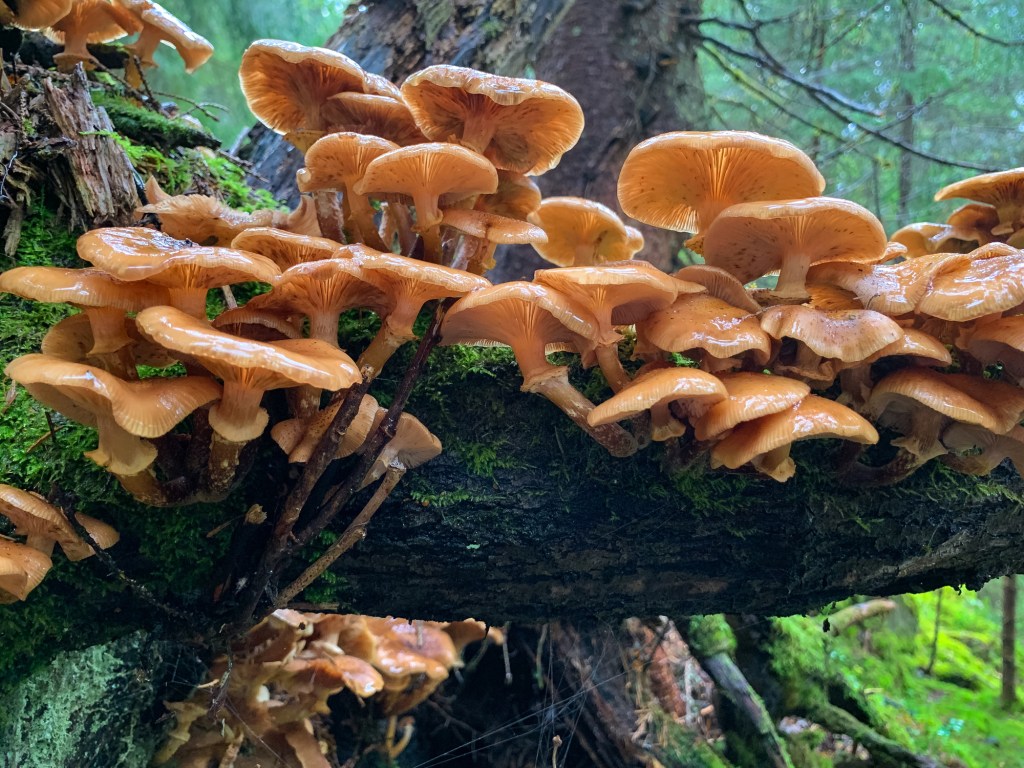
Have ‘antidotes’ at the ready
Keep hot drinking water nearby to flush your skin or mouth if any adverse reaction takes place.
You can use charcoal from the fire to induce vomiting if you ever feel you’ve been poisoned. “Swallow some and it will help you vomit the poison back up,” says Bear.
Before you do any testing, break the plant down into the different parts—such as fruit, stem, root—and test one part at a time.
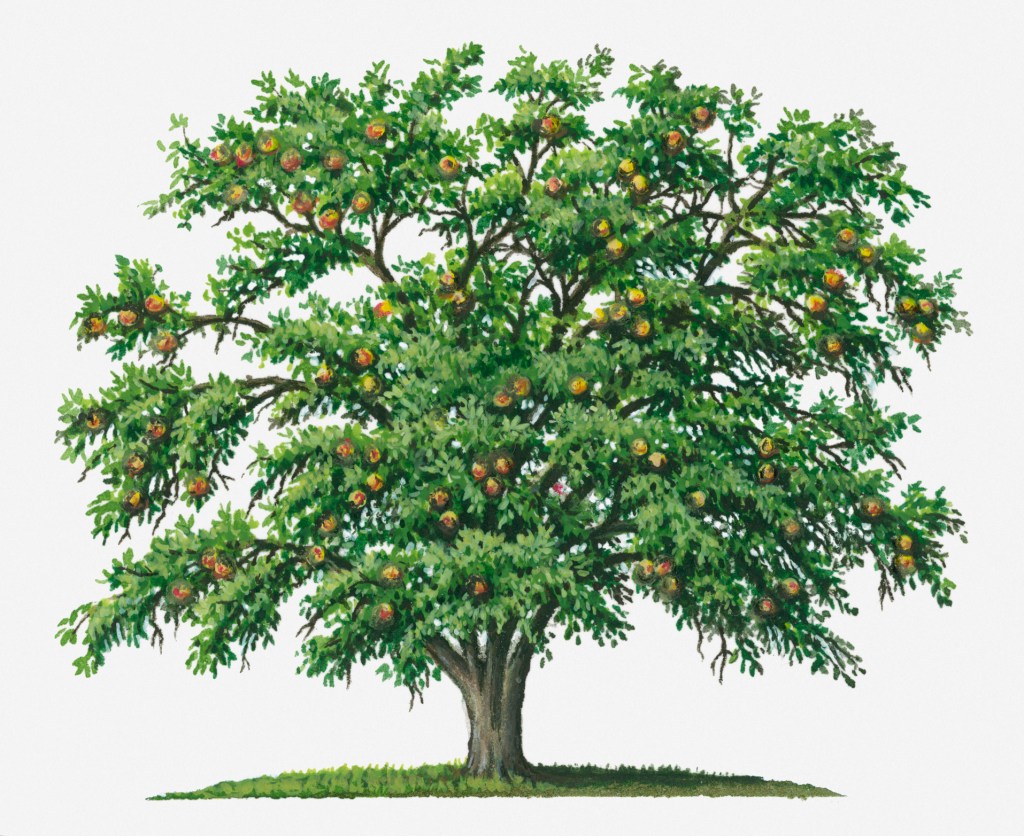
Use your nose
First of all, smell the plant or plant part you’re considering eating. If it smells bitter, or of peaches or almonds, discard it. For example, the strychnine tree grows in the tropics and has fragrant orange-like fruits that have earned the nickname “poison fruit” for a reason.
Test (twice) for skin reactions
Next, crush the plant and smear the sappy oil onto the back of your wrist where your skin is tender. If you feel pain or any sort of rash develops, discard the plant.
If it passes the exterior skin test, you may smear some sap inside your lips and gums. Leave it for five minutes. If there is any adverse effect, discard it.
Chew but don’t swallow
The next step is to chew a small amount of the plant. Swallow the resulting liquid but spit out the remaining solid matter. Wait for eight hours—and don’t eat or drink anything else, as that will invalidate the test.
If this all goes well, chew a larger amount and wait five more hours.
Have a small snack and wait some more
The last step is to eat a handful of the plant and wait 24 hours. If all of this goes OK, the plant is safe to eat.
More from Bear Grylls:
- How to Make a Toothbrush in the Wild
- Driving in the Snow
- How to Build Shelter in a Forest
- How to Survive Sub-Zero Temperatures
- What to do If You’re Bitten by a Snake
- How to Navigate Without a Compass
- How to Deal with Injuries in Survival Situations
- How to Find Water in the Mountains
- Making Shelter in the Snow
- Priorities of Survival
- How Bear Grylls Lights a Fire

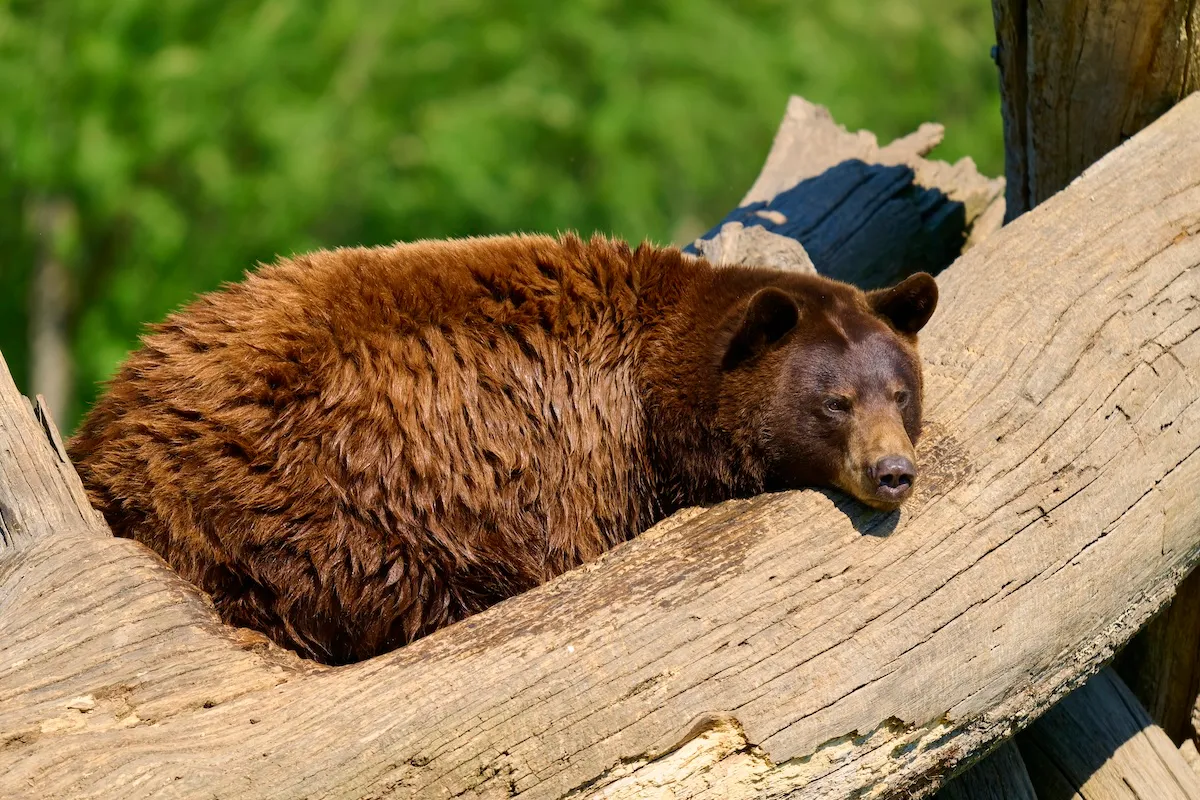

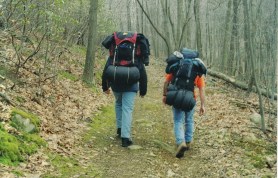
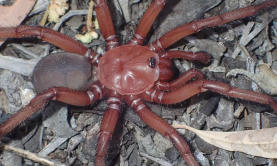
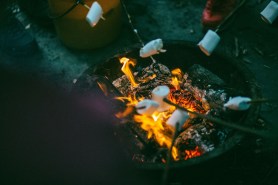

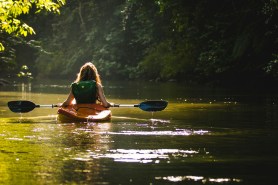
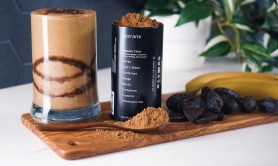
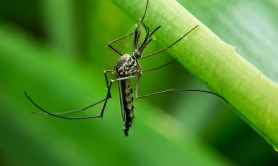
I’m a toxicologist, and this is terrible advice